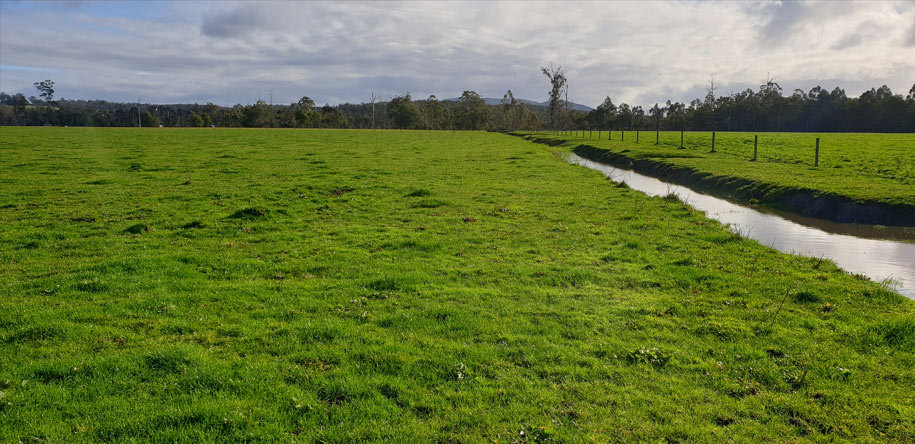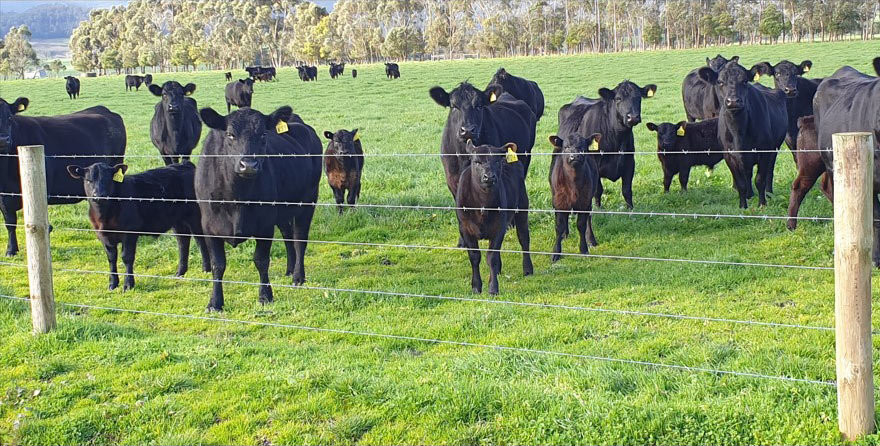A perennial favourite for wet conditions

West Gippsland can be a pretty wet place in the depths of winter.
With an annual rainfall of around 900mm, waterlogging and pugging can be a real challenge.
Tim Wilson, a beef producer at Labertouche faces the challenges of wet conditions every winter and needs to be mindful of how he manages his 1,200 head Angus herd to minimise the damage that comes from so many feet.
A supplier to the Coles Graze and Greenham’s Never Ever programs, Tim strives for grass fed Angus steers in the order of 560-600kgs with higher intramuscular fat and larger eye muscle area to attain the higher beef premiums. Beyond grazing, the cattle are supplemented with silage and hay, grown on site.
The property had single ownership for 36 years, but with the husband passing away, Tim came on as farm manager, and later buying the property in an arrangement that was viable for him and the previous owner. In those 30 years, the property had been well managed, and had a continuous history of genetic development for the Angus herd. Tim’s vision is to undertake some much-needed pasture renovation over a period of time, and further develop the herd and beef brand.
In years past, the pasture was based on perennial ryegrass, With time, Tim has moved across to the newer genetics of the same ryegrass that now offers greater yields, winter growth and endophytes that favour animal health.
“The biggest challenge here is mud,” says Tim.


